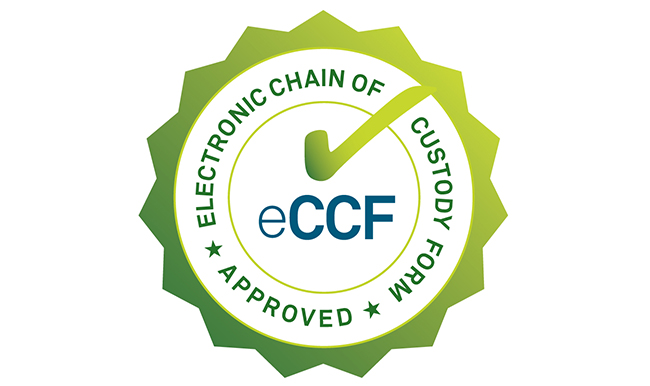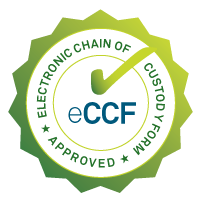Tag: paperless drug testing
Expiring Federal Drug Testing CCF
Prepare now for the expiration of the old Federal CCF. Using old forms after this date may cause significant delays.
New Federal CCF coming soon
SAMSHA/OMB have requested public comments to revisions of the current Federal CCF for workforce drug testing. However, Quest anticipates a one-year implementation period for continued use of the form and will help prepare clients for the switch.
Webinar: the true value of electronic Custody and Control Forms (eCCF)
In our upcoming webinar, Flip the switch: why you should turn on digital drug testing, learn the true value of electronic Custody and Control Forms (eCCF).
By the Numbers: Going green with eCCF
If eCCFs were used for every Quest Diagnostics drug test performed instead of paper CCFs, 10,000 trees could have been saved in 2016 alone.
Important changes with eCCF
eCCF impacts the entire federally-regulated drug testing process. Read about important changes and how they can affect your drug testing program.
Speed up testing with eCCF
Employers can begin taking advantage of eCCF for their DOT urine drug testing.
Quest Diagnostics Approved to Use eCCF for Federally-Mandated Workforce
Benefits of eCCF include fewer data entry and legibility issues, reduced collection site flaws, less paper to manage and improved overall efficiency.
eCCF update: The paperless revolution
Federal eCCF inspections are complete and all Quest Diagnostics drug testing labs are approved to process electronic Custody and Control Forms.
Nearing eCCF approval
Quest Diagnostics is nearing final approval by NLCP to use electronic Custody and Control Form, or eCCF, for federally-regulated drug testing.
Three steps to paperless drug testing
Paperless drug testing means less forms, fewer errors and increased productivity. These three steps can help employers transition to online processes.













